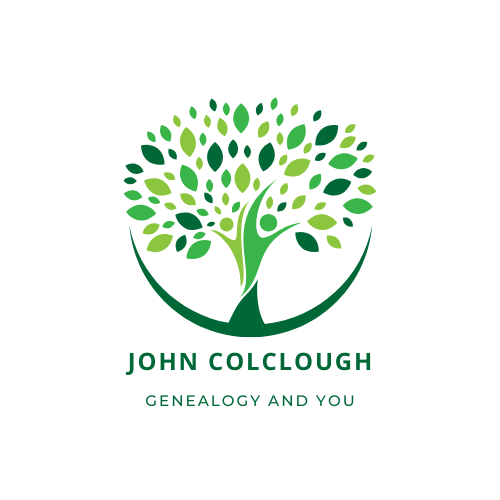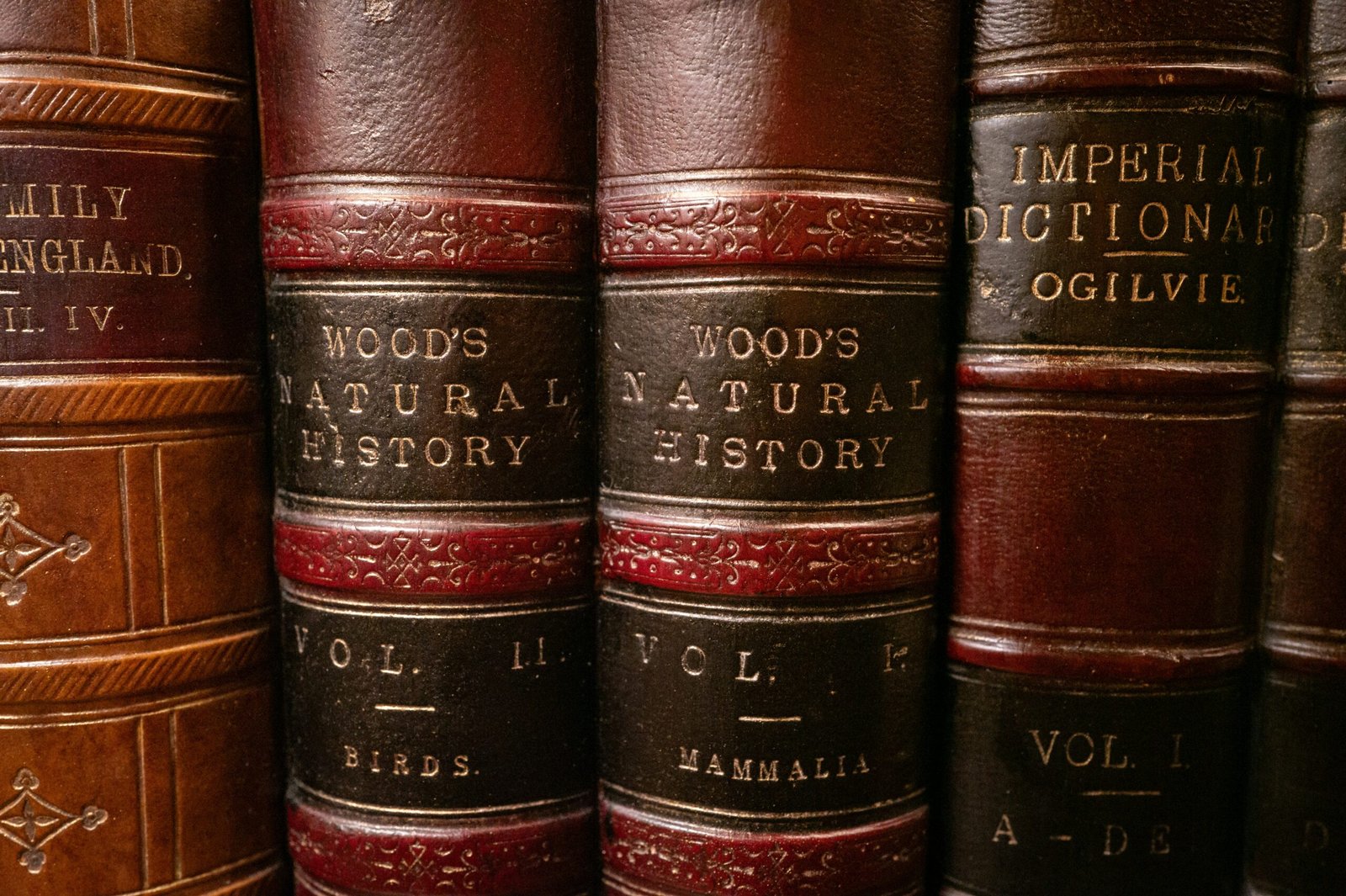Exploring the Richness of Old Maps
Genealogy research can often feel like piecing together a puzzle, where old maps such as tithe maps and Griffith’s Valuation play a crucial role. These historical documents provide context about the land and the people who once occupied it, offering valuable insights into family histories.
Importance of Tithe Maps
Tithe maps, created in the 19th century, show how land was divided and used for agricultural purposes. They list parcels owned by individuals and can reveal connections between families and land ownership. Researchers discover the location of ancestors and their properties by deciphering these detailed charts.
Utilising Griffith’s Valuation in Ireland
Griffith’s Valuation, conducted in the 1850s, is another significant resource for genealogy enthusiasts. This valuation provides information about property ownership and rental values across Ireland. By consulting these records, genealogists can track changes in land ownership over generations, helping to illuminate family ties.
Modern-day Ordnance Survey (OS) maps complement these historical records. They serve as a contemporary reference point, allowing researchers to visualize changes in land use and geographical features. Using a combination of these maps enhances one’s understanding of genealogical roots and migratory patterns.
In conclusion, integrating old maps like tithe and Griffith’s Valuation, alongside modern OS maps, enriches genealogy research. These tools offer a window into the past, fostering a deeper connection to family history that may have otherwise remained concealed.


Leave a Reply